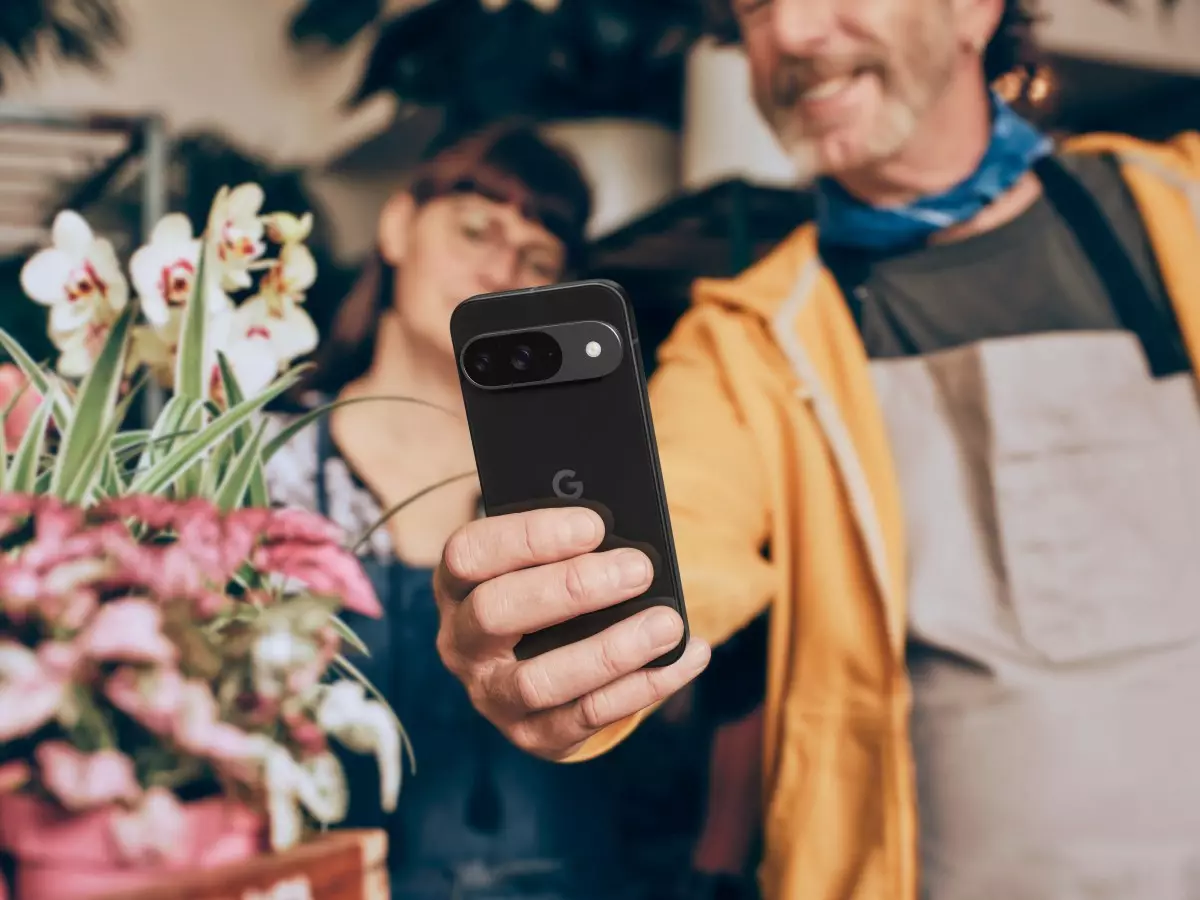In a significant move that underscores the profound influence of artificial intelligence on digital content creation, Google has announced the implementation of digital watermarks for images edited using generative AI technology in Photos. This initiative kicks off this week, focusing on the Reimagine feature found within the Magic Editor on the Pixel 9 devices. The Reimagine functionality, which debuted in 2024, allows users to manipulate various elements of their photos, enabling an enhanced editing experience that blurs the lines between authentic photography and computer-generated imagery.
Reimagine leverages cutting-edge generative AI to facilitate dramatic alterations to images, setting a new standard for digital editing. Traditionally, photo enhancement tools provided straightforward adjustments, but with the introduction of AI, users can now create visually striking modifications that might render an image nearly indistinguishable from a fully AI-generated creation. This advancement presents challenges, particularly in the realm of authenticity, as the ability to convincingly alter photographs raises concerns about misrepresentation and the integrity of visual media.
In response to the growing need for transparency in digital content, Google’s introduction of a digital watermark serves as a potential solution. As generative AI technology becomes more sophisticated, discerning the origin of an image—whether it is authentically captured or artificially constructed—grows increasingly complex. The digital watermarking system, deployed through Google’s SynthID, embeds a unique identifier within the edited content. This feature is designed to maintain the integrity and quality of the original image while providing users and viewers with a reliable means to track editorial alterations and AI involvement. Such a solution is particularly crucial in an era where counterfeit or misleading images can have significant social implications.
SynthID, introduced by Google’s DeepMind division, offers the ability to not only watermark images but also scan for pre-existing identifiers. This capability extends beyond images to also include AI-generated text and video, promoting a comprehensive framework for recognizing AI-created content. Users can further explore the details of any image through the ‘About this Image’ feature, which displays metadata related to potential watermarks. However, Google’s announcement also notes limitations to the watermarking system; minor edits made through Reimagine may not always meet the threshold for watermark application. Adjustments as small as changing the color of a flower could evade detection, highlighting a critical gap in the system’s effectiveness.
The introduction of digital watermarking marks a pivotal evolution in the responsibility of tech companies to foster a more transparent digital environment. As the lines between genuine and artificially generated images continue to blur, initiatives like Google’s SynthID contribute to the broader discourse on digital ethics and the public’s right to understand the origin and authenticity of the content they consume. By embracing these technological advancements, companies can play a significant role in the quest for digital authenticity, ensuring users are not just passive consumers, but informed participants in the digital landscape.

